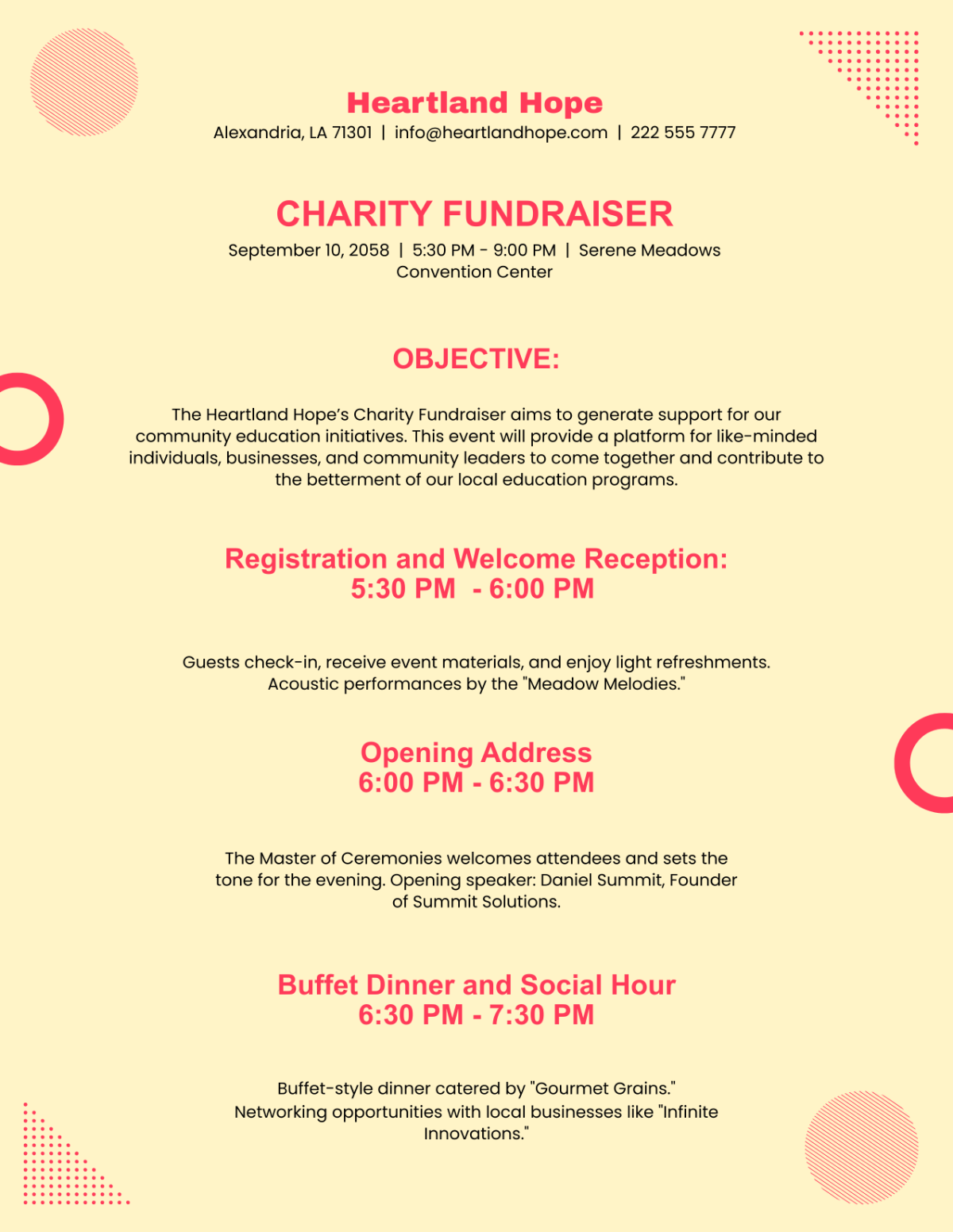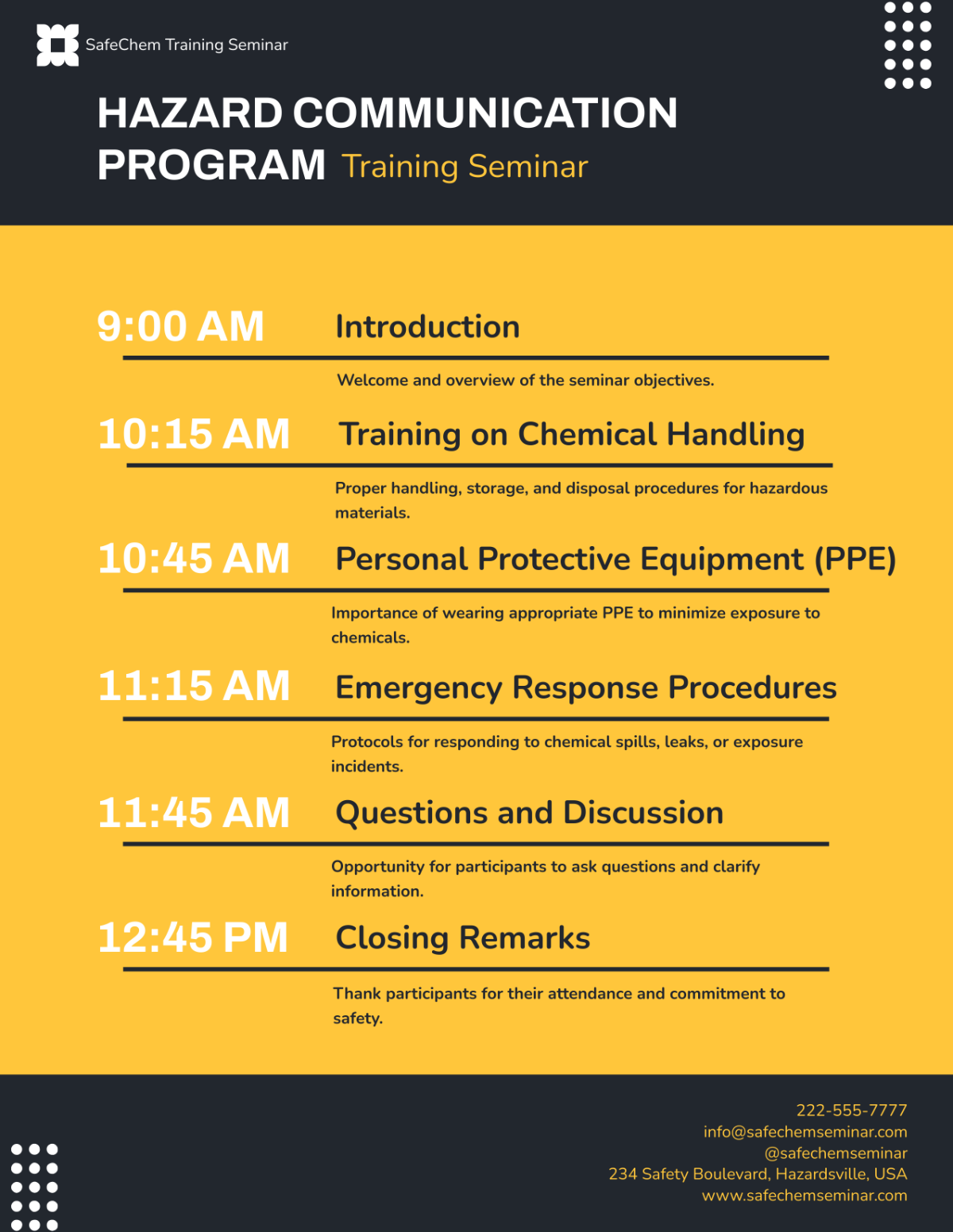Extreme Programming (XP) Methodology
Prepared by: [Your Name]
Date: [Date]
1. Introduction
Extreme Programming (XP) focuses on delivering high-quality software in dynamic environments. By emphasizing values like communication, simplicity, feedback, courage, and respect, XP helps teams adapt quickly to new information and customer needs. It employs practices such as pair programming, test-driven development (TDD), and continuous integration to ensure high code quality. This document covers XP's core values, practices, roles, processes, and guidelines to provide a comprehensive overview of its effective application in software projects.
2. Values
2.1 Communication
Open Dialogue: Teams engage in daily stand-up meetings to discuss progress and challenges. For instance, in a recent project, team members used Slack for real-time communication, resolving issues quickly and keeping everyone informed.
Customer Interaction: The team holds bi-weekly meetings with the customer to gather feedback. In a recent sprint, feedback was collected on a new feature, leading to immediate adjustments to better meet customer needs.
2.2 Simplicity
Simple Design: The team focuses on delivering the minimum viable product (MVP). For example, an initial release of a feature might only include core functionalities, with additional features added based on user feedback.
Avoid Overengineering: During a recent project, unnecessary complex solutions were avoided by implementing straightforward algorithms that met the requirements without additional complexity.
2.3 Feedback
Frequent Feedback: Implement weekly reviews where customers test and provide feedback on new features. For instance, a customer review led to a redesign of a user interface element based on usability issues.
Adaptation: The development team uses feedback to refine features. For example, a feature initially developed with limited functionality was expanded based on user input during the review phase.
2.4 Courage
Embrace Change: The team adapts to changing requirements by incorporating new features based on feedback. During one sprint, the scope was adjusted to include additional user stories that emerged as critical based on customer feedback.
Technical Excellence: Develop reactor code to improve readability and maintainability, even if it requires additional time. For example, a legacy module was refactored to enhance performance and reduce technical debt.
2.5 Respect
Team Collaboration: Team members participate in pair programming sessions to ensure collaborative code development. For instance, a pair programming session resulted in a more robust solution to a complex problem.
Customer Respect: The team prioritizes customer needs by addressing their feedback promptly. Recent customer input led to a priority shift in feature development to align better with user needs.
3. Practices
3.1 Pair Programming
Definition: Two developers work together at one workstation, one writing code while the other reviews and provides feedback. For example, during a recent project, pair programming helped identify and fix bugs more quickly.
Benefits: Improves code quality through real-time review and fosters knowledge sharing among team members.
3.2 Test-Driven Development (TDD)
Definition: Tests are written before the code that is meant to be tested. For example, developers created unit tests for a new feature before writing the actual code, ensuring that the implementation met the required criteria.
Benefits: Ensures that the code meets predefined requirements and provides a safety net for future changes.
3.3 Continuous Integration (CI)
Definition: Code changes are frequently integrated into a shared repository through automated testing. For instance, the team uses Jenkins for continuous integration, running automated tests with each code commit to detect issues early.
Benefits: Detect integration issues early, maintain code quality, and accelerate delivery by automating the build and test processes.
3.4 Refactoring
Definition: The code is continuously improved without changing its external behavior. For example, redundant code was refactored to simplify and improve maintainability, enhancing overall code quality.
Benefits: Reduces technical debt, improves code readability, and makes future enhancements easier.
3.5 Frequent Releases
Definition: Software is delivered in small, incremental releases. For instance, the team releases updates every two weeks, allowing for frequent customer feedback and rapid adjustments.
Benefits: Provides early and continuous delivery of value, facilitates feedback, and reduces project risk.
3.6 Collective Code Ownership
Definition: All team members are responsible for the entire codebase. For example, during a code review, any developer can suggest improvements or fixes, ensuring a shared understanding and ownership of the code.
Benefits: Encourages collaboration, improves code quality, and ensures that knowledge of the codebase is distributed among the team.
3.7 Simple Design
Definition: The simplest design that fulfills the current requirements is implemented. For example, the team initially deployed a basic version of a feature, with plans to enhance it based on user feedback and developing requirements.
Benefits: Reduces complexity, enhances maintainability, and accelerates development by avoiding unnecessary features.
4. Roles
4.1 Developer
Responsibilities: Write, test, and reactor code; participate in pair programming and code reviews; collaborate with team members and customers. For example, developers work in pairs to implement and test new features while ensuring high code quality.
Skills: Proficiency in programming languages like Java and Python, problem-solving abilities, and familiarity with XP practices.
4.2 Customer
Responsibilities: Define and prioritize requirements, provide feedback on the product, and validate deliverables. For instance, the customer provides input on feature requirements and reviews incremental releases to ensure alignment with their needs.
Skills: Clear communication, understanding of business needs, and decision-making capabilities.
4.3 Coach
Responsibilities: Facilitate the adoption of XP practices, provide guidance and support, and help resolve team issues. For example, a coach might lead training sessions on XP practices and help the team overcome challenges.
Skills: Expertise in XP methodologies, coaching and mentoring abilities, and strong communication skills.
5. Process
5.1 Planning
Kickoff Meeting: Define project goals, scope, and initial requirements. For example, the project team and stakeholders meet to outline the project vision and establish key deliverables.
Release Planning: Plan high-level milestones and deliverables. For instance, a roadmap is created with key releases and deadlines to guide the development process.
Iteration Planning: Break down tasks into manageable units for each iteration. For example, user stories are prioritized and assigned to sprints based on their importance and complexity.
5.2 Development
Daily Standups: Conduct short, daily meetings to discuss progress, roadblocks, and plans. For example, the team gathers each morning to update each other on progress and identify any issues.
Pair Programming: Implement code in pairs to ensure high-quality output through collaborative effort. For example, developers work together on complex tasks to produce robust and error-free code.
Continuous Integration: Regularly integrate and test code changes to ensure the system remains functional. For example, automated tests are run with each code commit to catch issues early.
5.3 Testing
Test Writing: Develop and run automated tests to verify that the code meets requirements. For instance, unit tests are created for new features to ensure they function as expected.
Test Automation: Use automated testing tools to support continuous integration and frequent feedback. For example, tools like selenium are used to automate functional testing and regression tests.
5.4 Deployment
Incremental Releases: Deploy software in small, manageable increments to gather user feedback and adjust as needed. For example, new features are released every two weeks to gather customer input and make necessary changes.
Release Planning: Coordinate release activities to ensure smooth deployment and transition. For instance, release schedules are managed to minimize disruptions and ensure a seamless deployment process.
5.5 Review
Iteration Reviews: Assess completed work at the end of each iteration to gather feedback and make adjustments. For example, the team reviews completed features with the customer to ensure they meet expectations and identify areas for improvement.
Retrospectives: Reflect on the iteration’s successes and challenges to improve processes and practices. For instance, the team holds retrospective meetings to discuss what went well and what could be improved in future sprints.
6. Guidelines
6.1 Adopting XP Practices
Start Small: Begin with a few key practices and gradually integrate more as the team becomes comfortable. For example, the team might start with pair programming and TDD before adopting additional practices like continuous integration.
Training: Provide training and support to ensure all team members understand and can effectively implement XP practices. For instance, introductory workshops on XP practices can help team members get up to speed.
6.2 Maintaining XP Practices
Consistency: Apply XP practices consistently across the team to ensure effectiveness and cohesion. For example, all team members should follow the same coding standards and practices to maintain quality and collaboration.
Adaptation: Be open to adapting practices based on the team’s needs and project requirements. For instance, the team might adjust the frequency of iterations based on project complexity and customer needs.
6.3 Measuring Success
Feedback Metrics: Use customer feedback and quality metrics to evaluate the effectiveness of XP practices. For example, track customer satisfaction and defect rates to assess the impact of XP practices on project outcomes.
Continuous Improvement: Regularly review and refine practices to enhance performance and outcomes. For instance, hold periodic reviews of XP practices to identify areas for improvement and implement changes as needed.
7. Conclusion
Extreme Programming (XP) offers a robust framework for managing software development projects in dynamic and uncertain environments. By adhering to XP's core values and practices, teams can deliver high-quality software that meets developing customer needs while maintaining a high level of technical excellence. This methodology promotes continuous improvement, collaboration, and adaptability, ensuring that projects are completed efficiently.

















































